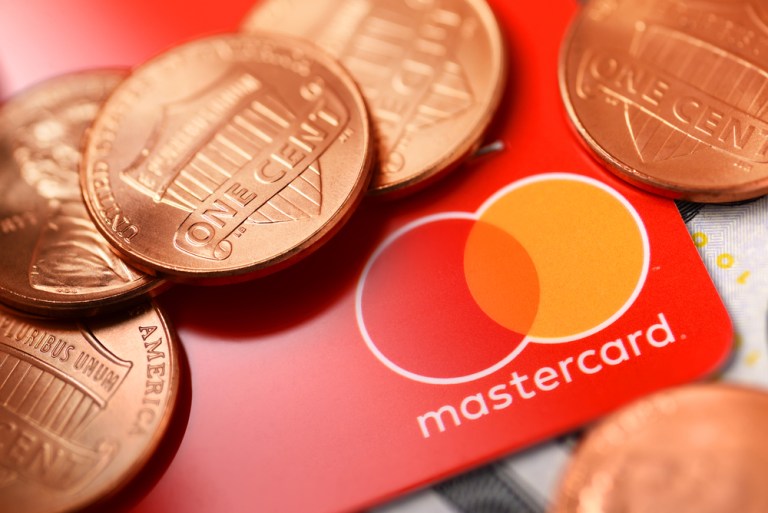
It’s easy to take for granted how consistent in-store payments with cards have become for consumers; there isn’t a lot of mystery in that process for consumers, Jess Turner, EVP of Digital Payments and Labs of North America at Mastercard told PYMNTS in a recent conversation.
In the physical environment, customers can more or less choose between the payment options they want, “expecting the security, consistency and ease of payments they’re used to” when they get to the digital world. However, they’re not finding it, Turner said — or they’re not finding it consistently enough.
“When you are going through different merchant websites or apps, you can find they have all kinds of different ways to pay in their environment. Many sites … still [require] users [to] key in their full card information on their mobile device,” she said.
It’s one of the biggest reasons Mastercard is supporting EMVCo’s Secure Remote Commerce (SRC) framework, which was introduced in November of last year.
Why SRC
Turner said SRC will scale digital payments acceptance while replicating the consistent experience that people are used to in the physical world today.
SRC, Turner emphasized, allows consumers to choose the payment method they wish to use since it is platform-agnostic.
“We think the next likely evolution is to one common single button in the digital world for consumers to use to checkout, working with the brands that give consumers choice in how they pay digitally. At the same time, they get a single digital experience,” she said.
Turner also added that SRC and a single “buy” button will mitigate the friction associated with expired or stolen cards. SRC creates an encrypted token that outlives the card number and is, therefore, unimpacted by these problems.
A Fully Tokenized World
Turner also explained that the SRC framework will establish a more secure means of transacting digitally. Today, she said, 75 percent of the cards in the U.S. can be tokenized — something Turner describes as a “tipping point, where a fully tokenized world can be reached.” Building new payments infrastructure on top of tokens like SRC, she said, will move the payments ecosystem forward more quickly to both a consistent and secure digital payments experience.
And one that is more predictable too, Turner emphasized. A tokenized world where account information is impossible for hackers to access will only increase the probability that consumers will feel comfortable leaving a card on file with a merchant — and, importantly, she said, with the ones they already feel comfortable using.
For SRC to reach its full potential, Turner believes there needs to be a “team effort on the part of all of the payments ecosystem.” Differentiation, she contended, shouldn’t be about a standard, but about how to leverage a standard to build a better digital customer journey.
“We are really calling on merchants, acquirers, issuers, technology players — really everyone in the ecosystem to come together and give consumers what they want,” Turner said. “We really want to see everyone drive … the EMVCo SRC standard so payments works across all browsers and devices. It’s foundational, and we need everyone in the ecosystem to join hands and do what’s right for the consumer.”